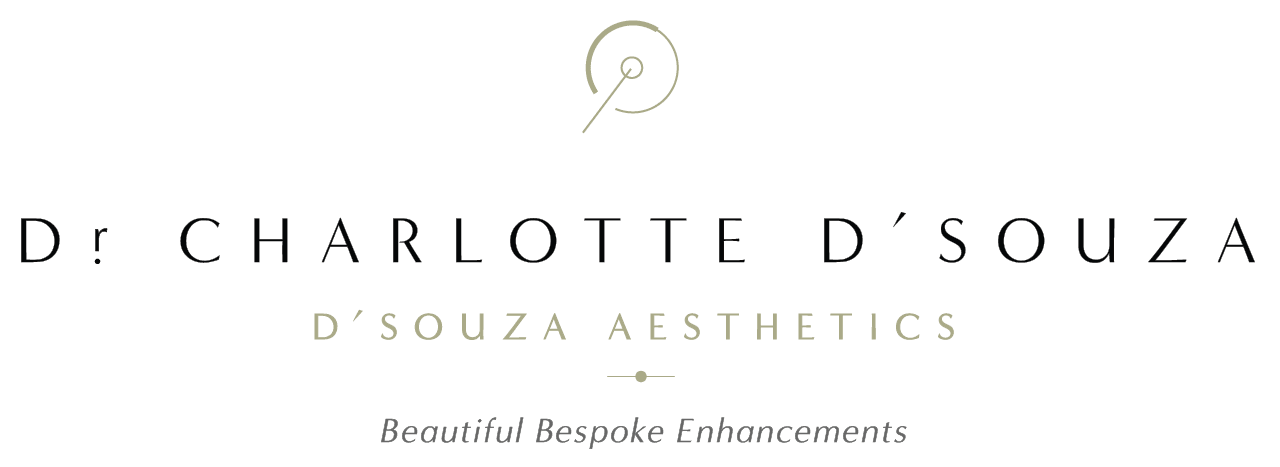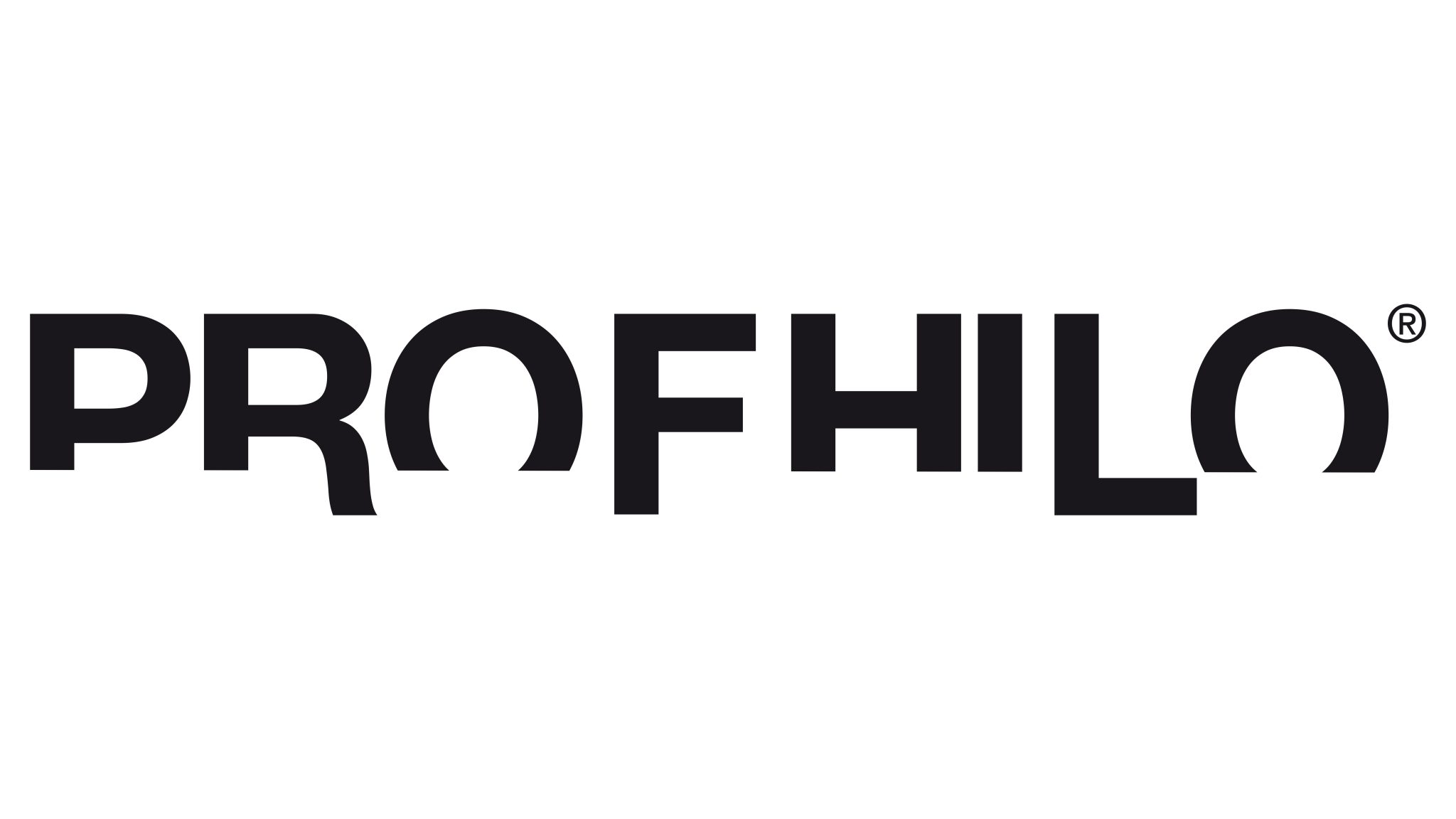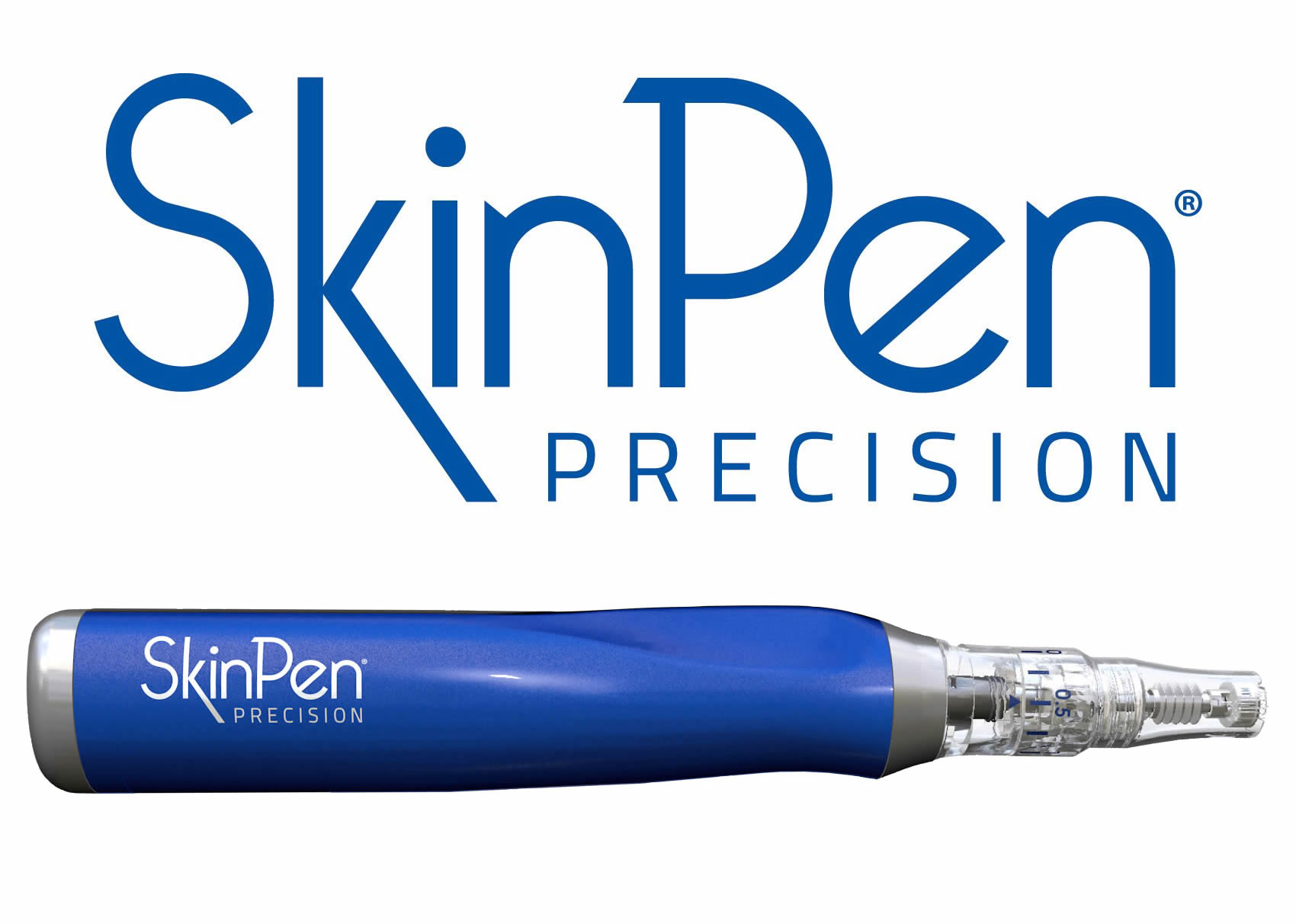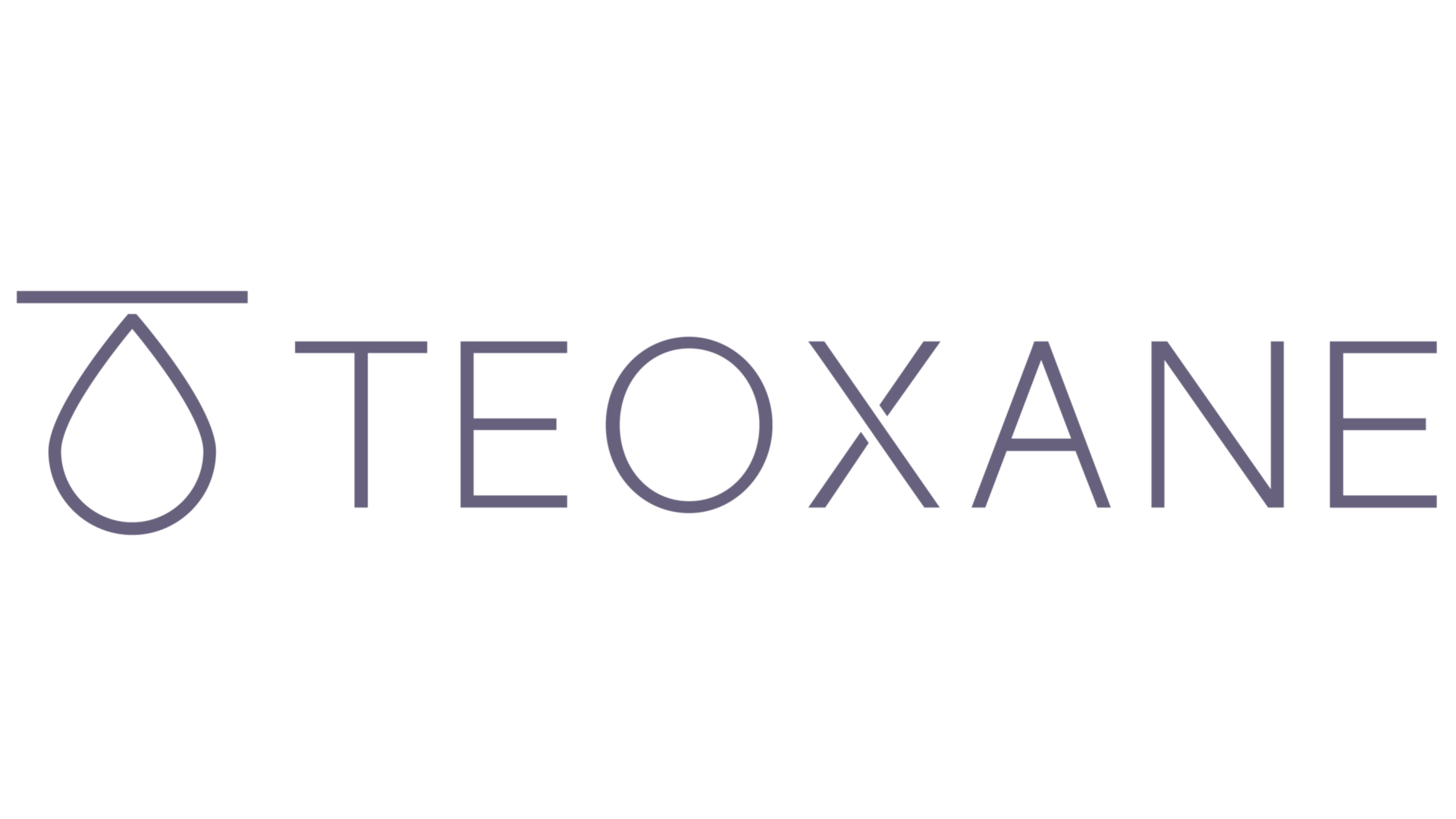While diamonds might be a girl’s best friend, a smooth, blemish-free, glowing complexion is most women’s ultimate ambition. Understanding your type of skin, its specific needs and what skincare regime works for it is the first step to achieve this ambition.
In order to ascertain this, you must firstly identify how your skin responds to sun exposure. Skin damage caused by UV rays is at the root of many skin concerns, such as sun spots, wrinkles, and more serious cases of skin cancer, so a good, effective skincare always starts with sun protection.
The best way to determine how to best protect your skin from the sun is by taking into consideration your Fitzpatrick Skin Type.
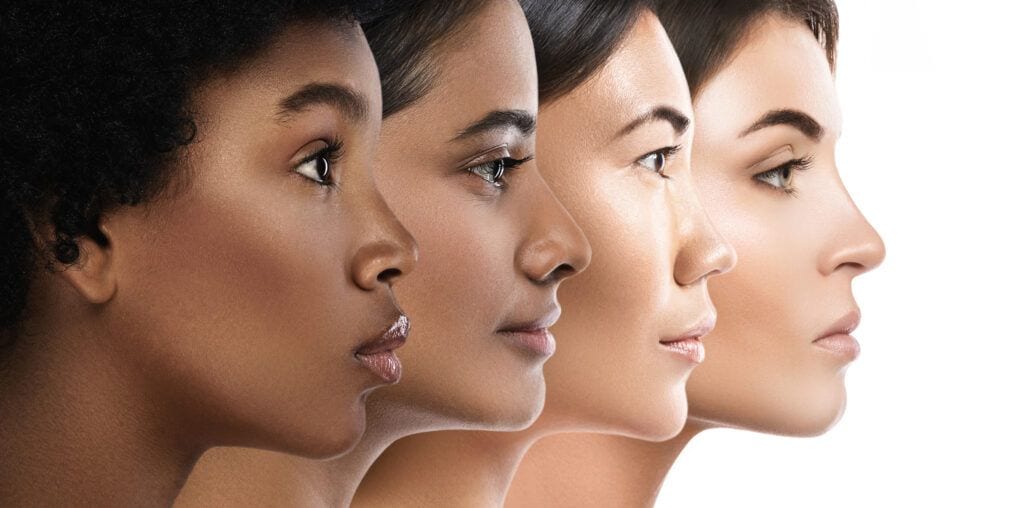
What is the Fitzpatrick Skin Type?
The Fitzpatrick skin type is a classification system, which was developed in 1975 by Thomas Fitzpatrick, as a way to measure how your skin reacts to ultraviolet light or sun exposure, based on its colour shade and overall level of skin pigmentation (melanin).
The numerical scale was developed by measuring the amount of melanin in the skin following exposure to the sun as well as identifying physical characteristics such as eye and hair colour.
Dermatologists and skin care professionals can use this table to assess what treatments are suitable for your type of skin, as well as determining any risk factors for skin cancer.
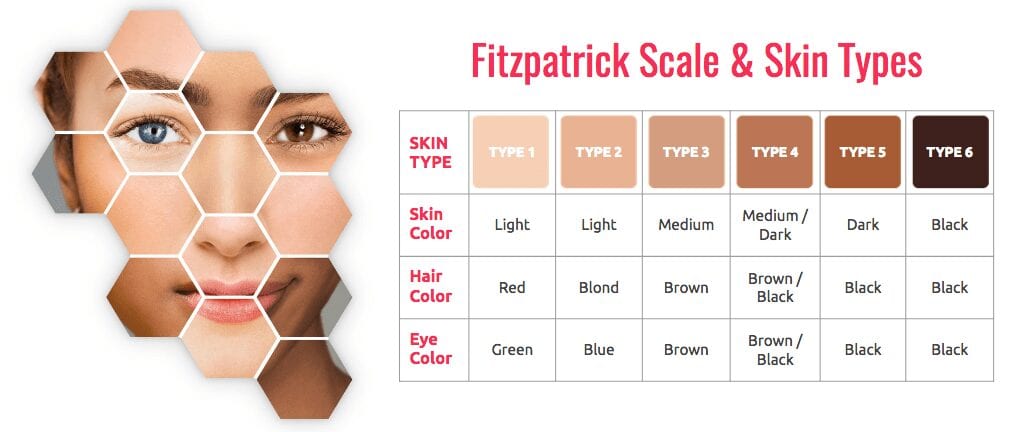
The system explains that there are six skin phototypes, which go from very fair (type 1) to very dark (type 6). Their main characteristics for each are:
Type 1
If you are type 1, you have light blue, grey or green eyes and red or light blonde hair colour. Your skin is an ivory shade that when exposed to the sun always freckles, burns, peels, and never tans. This makes you extremely susceptible to premature ageing and skin cancers such as squamous cell carcinoma (SCC), Basal cell Carcinoma (BCC) and Melanoma, the deadliest type of skin cancer, so a very high level of sun protection is always required.
This is because very blonde people and redheads usually have less melanin producing capacity in their skin, and thus are more sun sensitive, than their dark haired counterparts who produce more melanin, and therefore have more sun protection capacity.
Whilst melanin’s job is to filter out UV radiation, studies show that the type of melanin that redheads have, called pheomelanin, absorbs the sun’s UV rays more easily, which increases the risk of sun damage in their skin.
Type 2
You are type 2 if you have blue, grey, or green eyes and your hair is blonde. Your skin is fairly pale and when exposed to the sun, it often burns and peels, but it may also manage to get a light tan with repeated sun exposure.
You should take extreme care when exposing your skin to the sun for long periods of time as this can easily lead to premature ageing and skin cancers including Melanoma.
Type 3
With a skin type 3, you have hazel or light brown eyes and your hair colour is dark blonde or light brown. You have fair to beige skin tone, with golden undertones and although it burns, it may tan to a light bronze. This means you are still at a higher risk to develop skin damage than average, with premature ageing and life threatening skin cancers, including melanoma, being a concern.
Type 4
If you are type 4, you have dark brown eyes, dark hair and light Mediterranean, olive looking skin – beige with a golden brown tint. You typically tan with ease but can also get burned. Although your risk to develop skin cancer is less than those with skin types 1-3, it is still present.
You can be prone to an overactive production of melanin following sun exposure which can result in an uneven skin tone and the development of hyperpigmentation.
It’s therefore important that you use an SPF 30+ sunscreen at all times to avoid sun damage leading to brown spots and premature ageing.
Type 5
You are type 5 if you have a deep olive or dark skin tone. This includes light-skinned African-Americans, Indians and those of Middle Eastern descent. You tan easily and very rarely burn. Although skin cancer is not as common as in people with fairer skin tones, you still need to take the necessary precautions to protect your skin from harmful sun rays. Like skin type 4, your skin is likely to develop uneven skin tone and pigmentation if frequently exposed to the sun without sunscreen.
Type 6
If you have type 6 skin, you have very dark skin colour and are usually of African descent. Your skin very rarely burns but like the other skin types, it can still get damaged by too much sun exposure. You should therefore protect it with an SPF 30+ sunscreen and avoid staying in the sun for long periods of time.
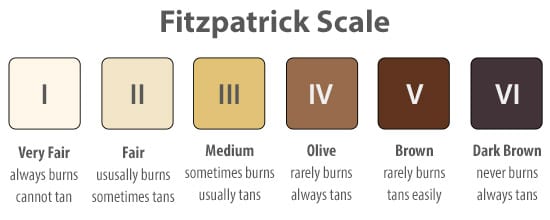
Although black skin may deal better with the sun, it is prone to discolouration, dark spots, and pigmentation such as melasma from sun exposure and hormonal effects.
Skin Types 5 and 6 are also a lot more susceptible to skin conditions such as acne, eczema, dermatitis, psoriasis and seborrheic dermatitis (dandruff) which can cause Post-Inflammatory Hyperpigmentation (PIH).
PIH is a skin condition that results from trauma to tissues from acne, burns, injury, or some skin rashes, such as dermatitis or psoriasis. The condition creates flat, darkened patches that are irregular in shape and appear anywhere that the inflammation occurred.
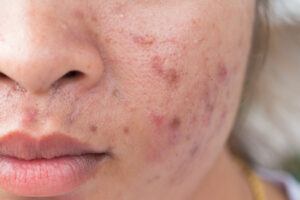
Another skin condition that can affect skin types 5 and 6 is Hypopigmentation, which causes the loss of skin colour or pigment all over the body or in localised areas. It normally occurs as a result of injury or trauma to the skin from blisters, burns and infections.
There is also a greater risk of keloid (raised and often large scars) and hypertrophic scar development because darker skin has a better bed of collagen. Keloid and hypertrophic scars are the result of excess collagen being produced at the site of a wound. In dark skin tones, they can also be caused by the acne healing process.
Knowing your skin type is essential to determine the best treatments for specific skin concerns and the most suitable skincare system to help you improve your skin barrier and overall health.
If you would like to find out more about how I can help you transform your complexion by restoring its health and radiance, click here to book your free consultation.
